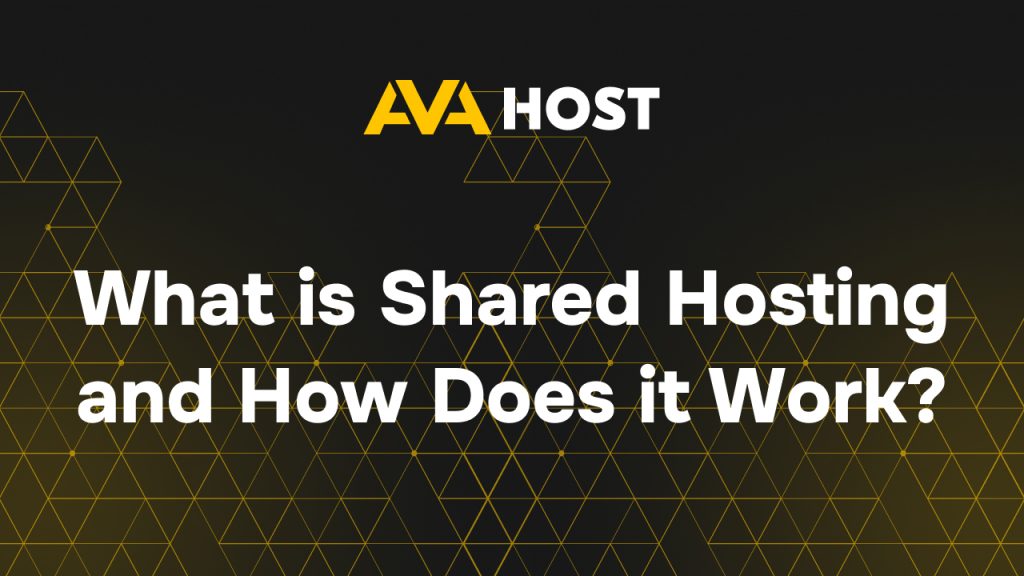
Understanding Shared Hosting on AvaHost: A Beginner’s Guide Launching a website starts with choosing the right web hosting, and shared hosting is a popular, cost-effective option for beginners and small businesses. With AvaHost’s high-performance shared hosting powered by LiteSpeed, you can host your website affordably while leveraging reliable infrastructure. This guide explains what shared hosting […]

A domain extension, or top-level domain (TLD), is the final piece of a website’s address, like .com or .org, following the last dot. It’s more than just a suffix—it signals your site’s purpose, location, or industry, shaping how visitors perceive your brand. Whether you’re launching a blog, an e-commerce store, or a nonprofit site on […]
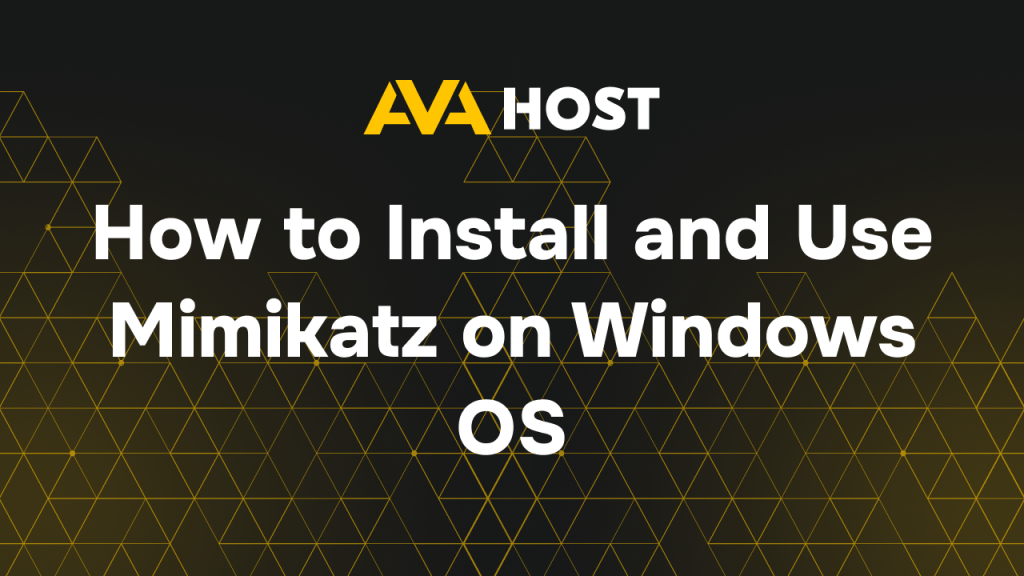
Introduction Mimikatz is a powerful post-exploitation tool designed to extract plaintext passwords, hashes, PIN codes, and Kerberos tickets from memory. It is widely used by penetration testers and security professionals to assess system vulnerabilities. This guide provides a step-by-step approach to installing and using Mimikatz for ethical security testing. Warning: Unauthorized use of Mimikatz is […]
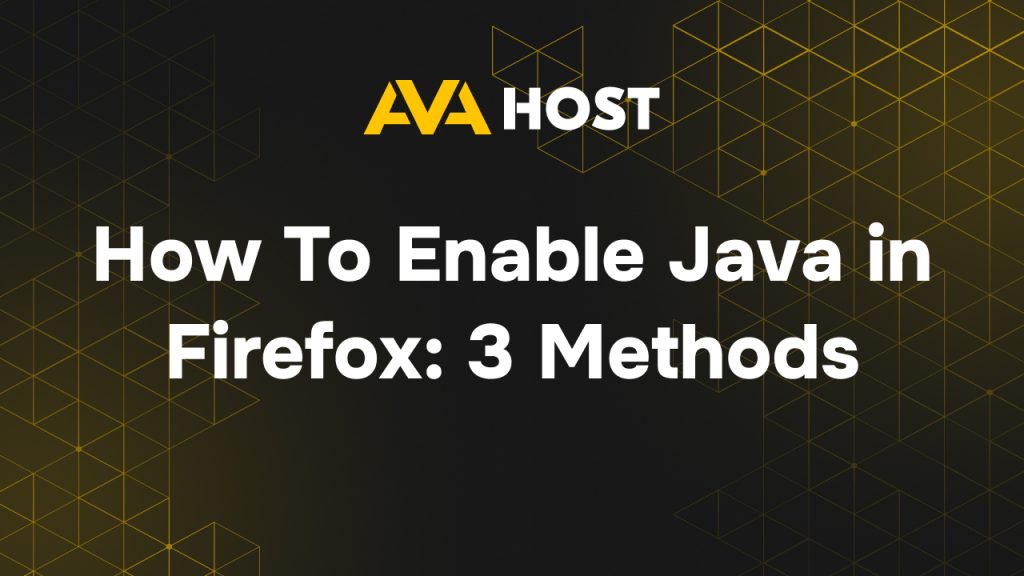
Java support in Firefox has changed over the years due to security concerns. Modern versions of Firefox no longer support Java applets natively, but there are still ways to enable Java functionality in specific use cases. This guide explains three methods to enable Java in Firefox. If you’re looking for a secure and optimized hosting […]
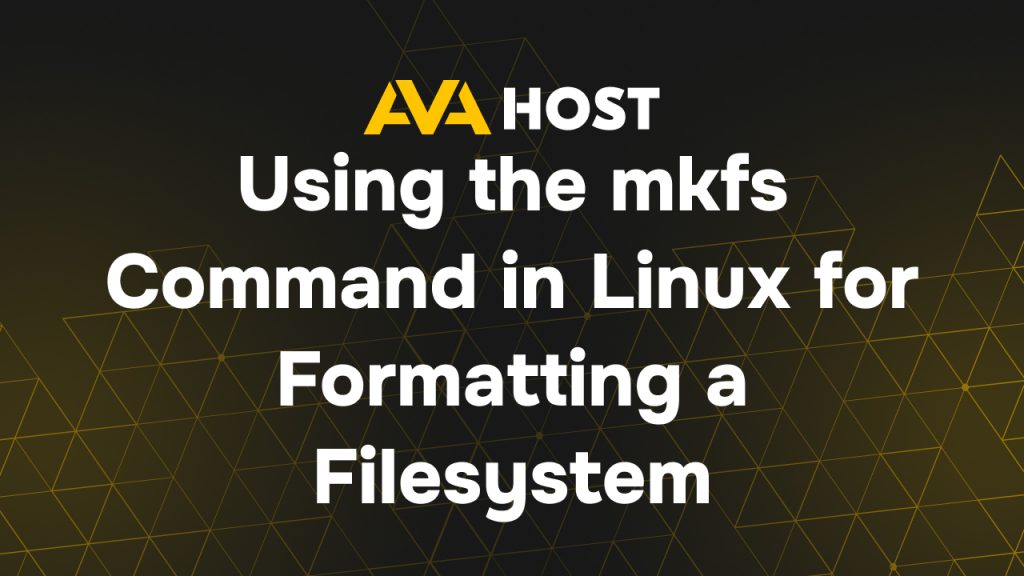
The mkfs (Make Filesystem) command in Linux is used to create a new filesystem on a disk partition or storage device. Formatting a partition correctly is essential for efficient data storage and system performance. This guide explains how to use the mkfs command to format a filesystem on a disk or partition in Linux. Step […]
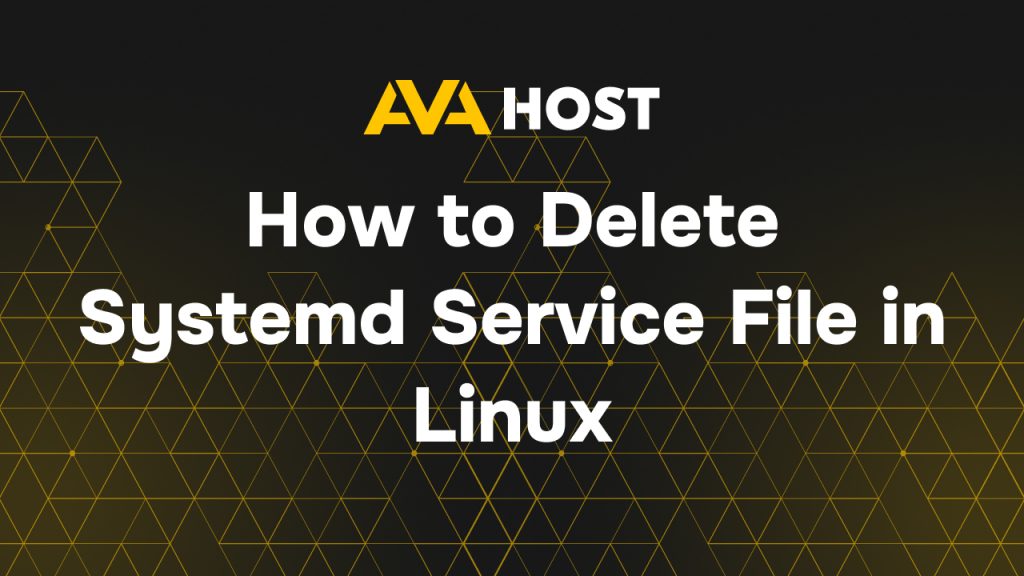
Systemd is the default service manager in most modern Linux distributions, responsible for managing system services. When you no longer need a custom or third-party service, removing its systemd service file ensures a cleaner and more efficient system. This guide walks you through the process of deleting a systemd service file in Linux. Step 1: […]
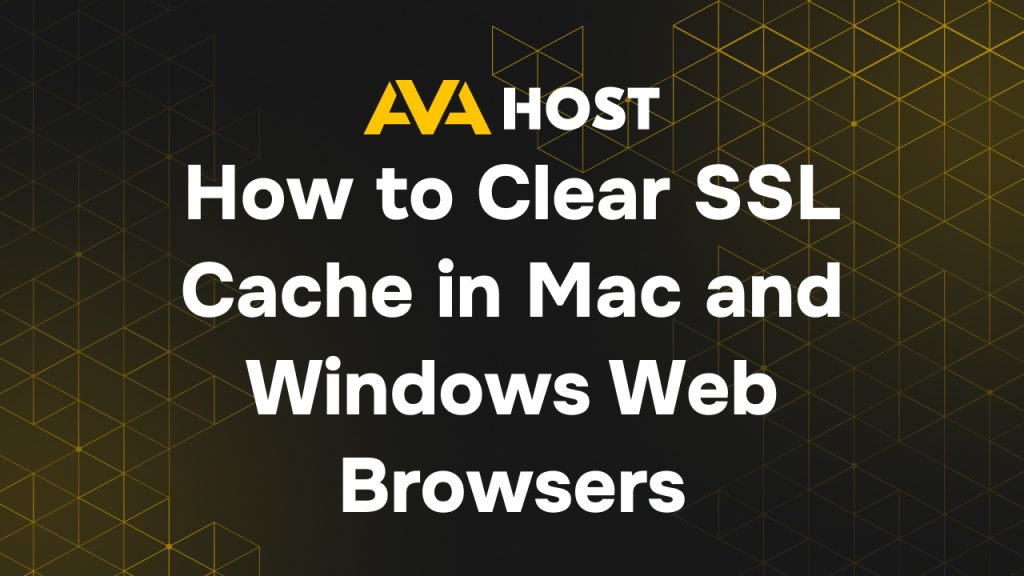
Clearing the SSL cache in web browsers is essential when troubleshooting SSL certificate errors, updating security settings, or ensuring a new SSL certificate is properly recognized. This guide explains how to clear the SSL cache on Mac and Windows browsers, including Google Chrome, Mozilla Firefox, Microsoft Edge, and Safari. Why Clear the SSL Cache? Resolve […]
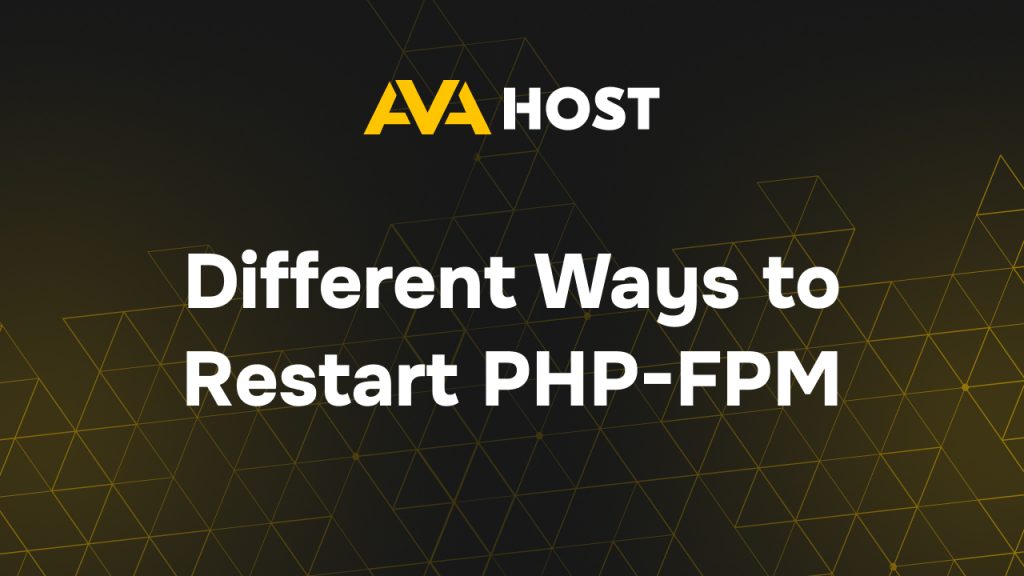
Restarting PHP-FPM on AvaHost VPS: A Quick Guide PHP-FPM (FastCGI Process Manager) handles PHP requests on AvaHost’s high-performance VPS, powering dynamic websites like WordPress or custom applications. Restarting PHP-FPM is necessary after configuration changes, PHP upgrades, or to troubleshoot issues like 502 errors. This guide provides simple methods to restart PHP-FPM on AvaHost’s Ubuntu or […]

In Linux systems, user passwords are securely stored using encrypted formats within dedicated system files and authentication databases. These credentials play a critical role in managing access control and ensuring that only authorised users can interact with system resources. For example, standard user passwords are typically hashed and saved in the /etc/shadow file, which is […]
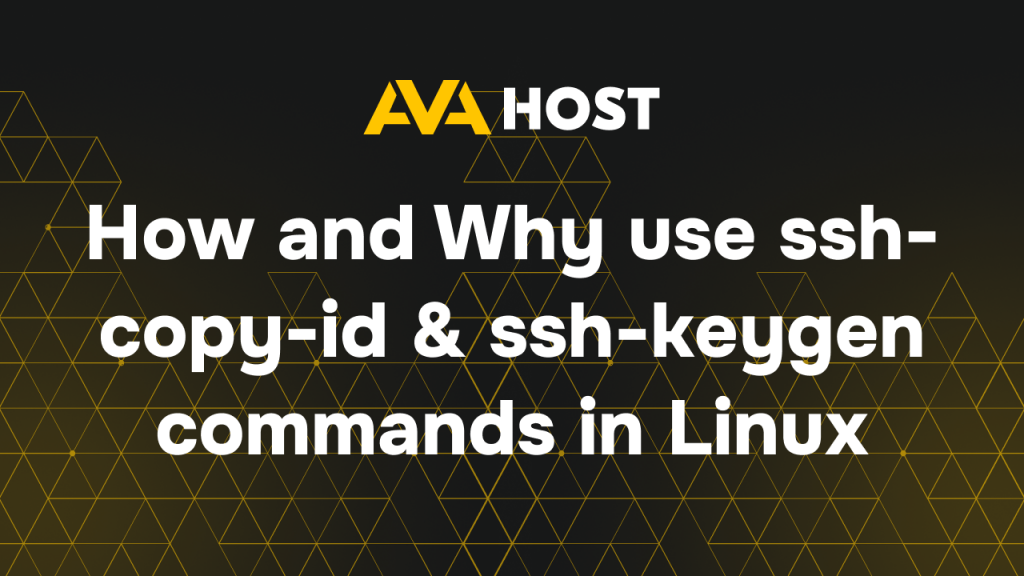
Secure Shell (SSH) is one of the most widely used tools for securely managing and accessing remote systems. Instead of relying on traditional password-based authentication, which is less secure and prone to brute-force attacks, system administrators often configure SSH key-based authentication for better security, scalability, and automation. This guide explains how to generate SSH keys […]


